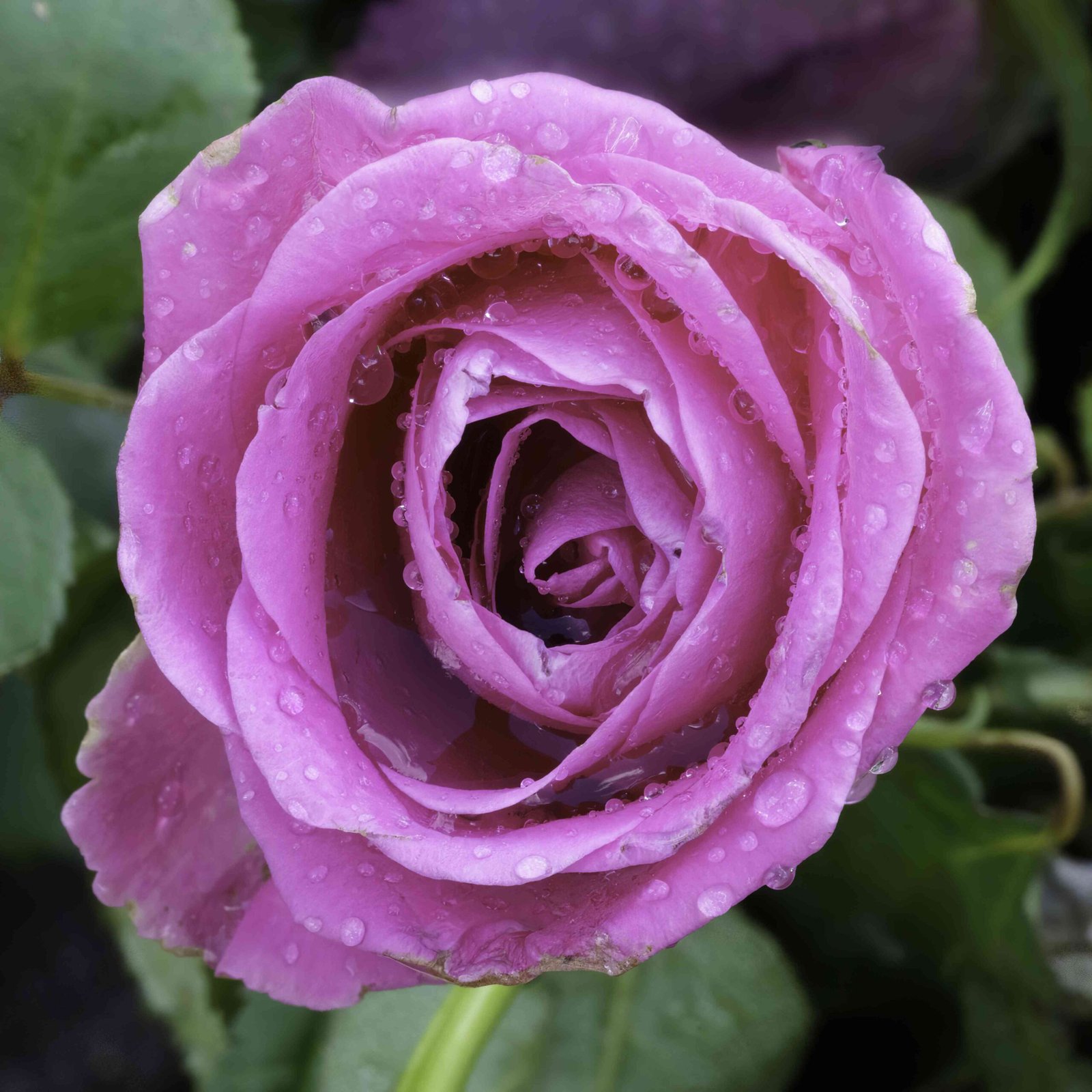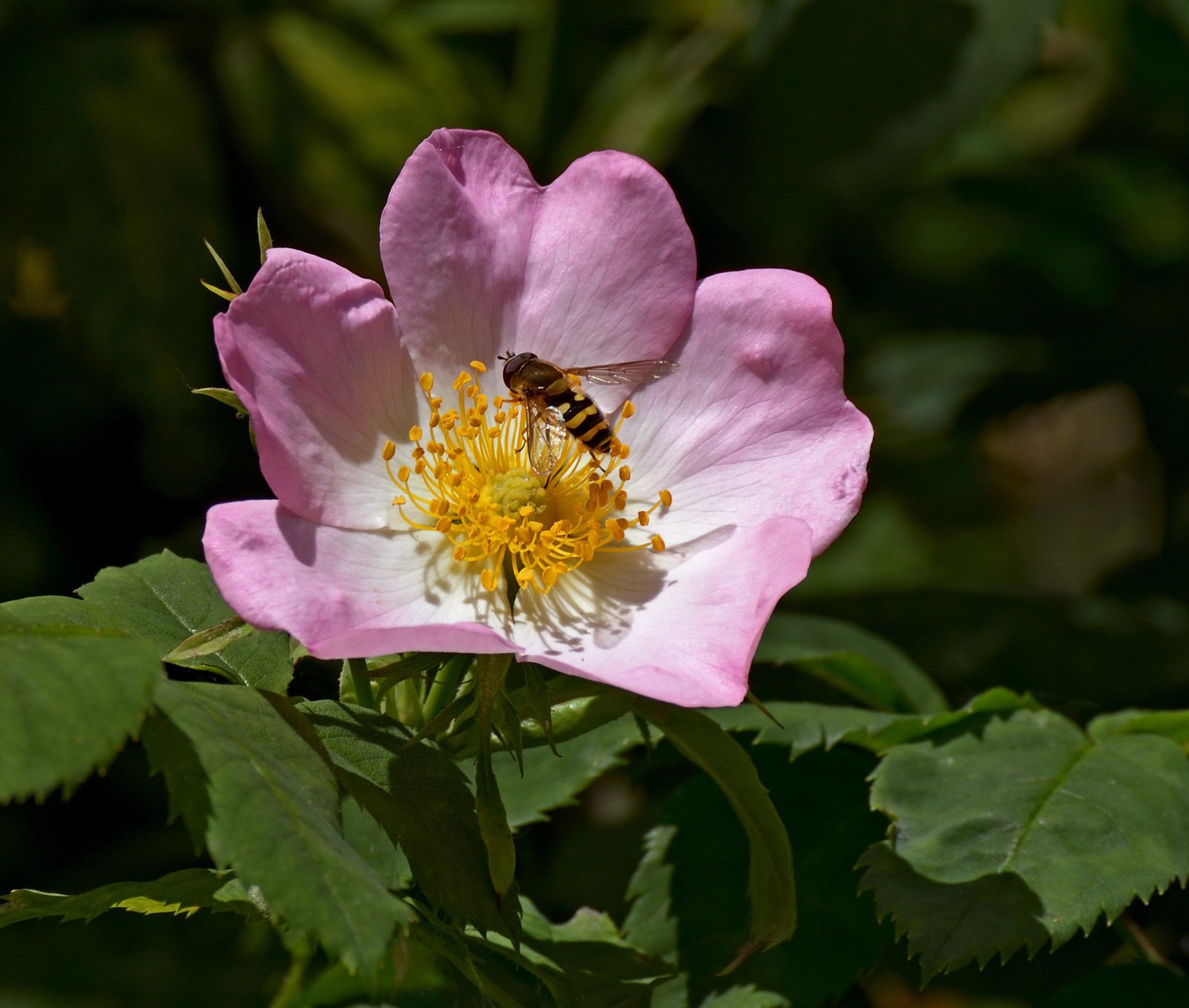Can You Clone a Rose Using Stem Cuttings?

Yes, you can clone a rose using stem cuttings. This is one of the most common and effective methods for propagating roses. The process involves taking a stem cutting from an existing rose plant and encouraging it to develop its own root system, resulting in a genetically identical clone.
What Are the Steps for Cloning Roses from Stem Cuttings?

Step 1: Select the Stem
Choose a rose stem that has just finished blooming. Opt for stems with semi-hardwood or softwood sections, depending on the time of year. Softwood cuttings are taken in late spring and early summer, while semi-hardwood cuttings are taken in late summer and early fall.
Step 2: Prepare the Cutting
Remove the bloom and all foliage except the top two sets of leaves. Cut the stem to about 6-10 inches long, just above a node (the point where a leaf meets the stem).
Step 3: Wound the Stem
Score the bottom of the cutting to increase moisture absorption and surface area for root development.
Step 4: Apply Rooting Hormone
Dip the bottom 1/2-inch of the stem into a rooting hormone powder (e.g., Hormex #8) and shake off the excess.
Step 5: Plant the Cutting
Place the cutting into a pot filled with a moistened mixture of 50% potting soil and 50% perlite or vermiculite. Plant at least 6 inches deep to allow for root growth. Lightly tamp down the soil around the cutting.
What Are the Success Rates and Timeframes for Cloning Roses?
The success rates for cloning roses using stem cuttings can vary by rose variety but are generally high, with some experiments showing up to 99% success rates for certain varieties. Roots typically develop within 6-8 weeks.
Can You Clone Roses Using Other Methods?
Yes, there are other methods for cloning roses, such as grafting and tissue culture (in vitro propagation). Grafting is often used for new varieties and to adapt the root system to specific soil conditions, while tissue culture is a more specialized and commercially used method.
What Are the Ideal Conditions for Cloning Roses?
To ensure the best results when cloning roses, it’s important to maintain the following ideal conditions:
- Temperature: 65°F to 75°F (18°C to 24°C)
- Humidity: High humidity is crucial, so use a misting box, bag, or bottle to keep the cuttings moist but not waterlogged.
- Soil: A mixture of 50% potting soil and 50% perlite or vermiculite for good drainage and aeration.
- Light: Provide filtered sunlight during hot weather and direct sunlight during moderate climates, avoiding direct sunlight in very hot conditions.
What Materials and Costs Are Involved in Cloning Roses?
The materials needed for cloning roses include cutting tools, rooting hormone, potting soil, containers, watering tools, and misting equipment. The costs can range from $5 to $50, depending on the specific items and quantities required.
What Are the Common Challenges and Solutions for Cloning Roses?
Some common challenges when cloning roses include dehydration, temperature extremes, infection, and slow rooting. The solutions to these challenges include maintaining high humidity, providing consistent temperatures, using clean and sterile tools, and applying a high-quality rooting hormone.
Reference:
1. Improved Techniques for Propagating Roses from Cuttings
2. How To CLONE ROSES | Top 10 Tips
3. Rose Propagation
